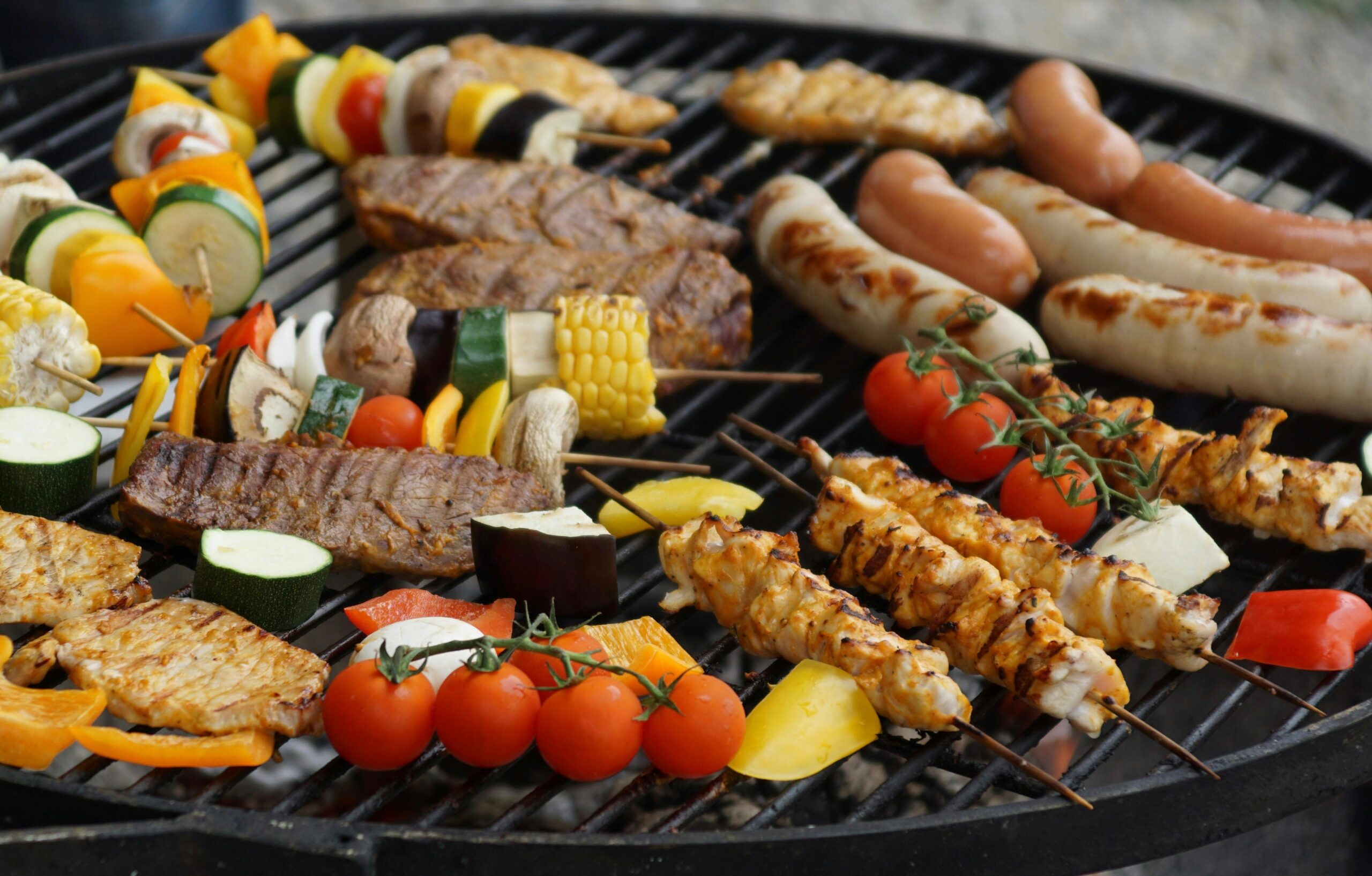Understanding the shelf life of various foods is essential for ensuring food safety and minimizing waste. Many people are curious about “How to determine the shelf life of various foods?” This question not only helps in managing kitchen inventory but also promotes better health and sustainability practices.
Understanding Shelf Life
Shelf life refers to the length of time that food products remain safe to eat and retain their desired sensory, nutritional, and functional qualities. It varies widely depending on the type of food, storage conditions, and packaging. For example, fresh produce like leafy greens has a much shorter shelf life compared to canned goods.
Factors Affecting Shelf Life
Several factors influence the shelf life of foods, including:
- Temperature: Proper refrigeration or freezing can significantly extend the shelf life of perishable items. For instance, milk stored at the correct temperature (below 40°F) can last up to two weeks, while at room temperature, it spoils within hours.
- Moisture: Moisture levels can lead to spoilage or microbial growth. Dry foods like grains and cereals have longer shelf lives when kept in dry conditions. Rice, for example, can last for years if stored in a moisture-free environment.
- Light: Exposure to light can degrade certain nutrients and cause food to spoil faster. Oils, for instance, can become rancid when exposed to light, reducing their shelf life significantly.
- Packaging: The type of packaging used can protect food from external factors. Vacuum-sealed packages can keep meats fresh for months in the freezer, while improperly sealed items might only last a few weeks.
Determining Shelf Life Through Labels
One of the easiest ways to determine shelf life is by reading food labels. Most packaged foods come with a “best before,” “use by,” or “sell by” date:
- Best Before: Indicates the date until which the food will remain at its peak quality. After this date, the food might still be safe to eat but may not taste as good.
- Use By: Indicates the last date recommended for the use of the product while at peak quality. This date is often found on perishable items like dairy and meat.
- Sell By: Tells the store how long to display the product for sale. This date helps ensure that the consumer has a reasonable amount of time to use the product at home.
Using Sensory Evaluation
In addition to relying on dates, sensory evaluation plays a crucial role in determining food freshness. Here’s how you can use your senses:
- Sight: Look for changes in color, texture, and the presence of mold. For example, vegetables like spinach should be bright green and crisp; if they are wilted and slimy, they are no longer safe to eat.
- Smell: Unpleasant odors are often a sign of spoilage. For instance, sour or rancid smells in dairy products indicate they have gone bad.
- Touch: Feel the texture of the food. Fresh bread should be soft, while stale bread feels hard and dry.
- Taste: Only use taste as a last resort and with caution. If the food looks and smells fine, but you’re still unsure, taste a small amount to check for off-flavors.
Using Technology for Shelf Life Estimation
Modern technology provides various tools to help estimate and track food shelf life. Smartphone apps and smart kitchen devices can scan barcodes and keep track of expiration dates, sending notifications when food items are approaching their end date. These tools can be particularly helpful in managing large inventories and reducing food waste.
Conclusion
Determining the shelf life of various foods involves understanding several factors, including temperature, moisture, light, and packaging. By reading labels, using sensory evaluation, and leveraging technology, you can effectively manage food safety and minimize waste. Staying informed about the shelf life of the foods you consume not only ensures better health outcomes but also promotes sustainable living practices. By paying attention to these details, you can enjoy fresher, safer food while contributing to a more sustainable world.

